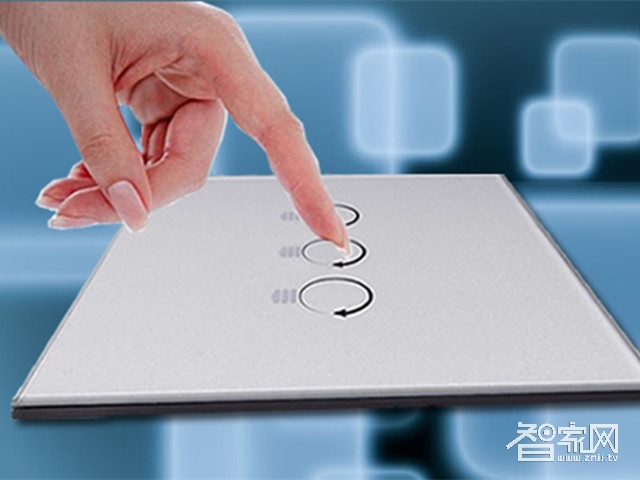Traditional switches have evolved from simple pull cord and toggle switches to modern rocker switches, and now smart switches are gaining popularity. These devices can connect with mobile apps, allowing remote control of all lights, making them both safe and convenient. But what types of smart switches are available, and how can they enhance our daily lives?

Types of Smart Switches
1. Power Line Carrier Switch: This type of switch uses the electrical wiring to transmit signals. It requires a codec to encode and decode data, but it's prone to interference from electrical noise, leading to instability and frequent loss of control. Additional equipment such as wave traps and filters is needed, which increases the cost. A complete system can range from 20,000 to 50,000 yuan.
2. Wireless Switch: Wireless switches use RF technology (such as 433 MHz or 315 MHz) to communicate. However, they are susceptible to radio frequency interference, causing unstable performance and unreliable control. Each device needs its own unique code, making setup and maintenance complex, especially when many devices are involved. For example, if a home has 50 lights, the remote control would need 50 buttons, making it cumbersome. The system also has limited lifespan due to high-frequency operation, and after-sales support can be challenging. Additional components like receivers, modems, and central controllers add to the cost, ranging from 5,000 to 50,000 yuan.
3. Bus Control System: This method uses fieldbus technology to send signals between devices. It offers better stability and resistance to interference compared to wireless systems. Early bus systems were centralized, meaning all wiring connected back to a central controller, which could cause system-wide issues if that controller failed. Modern distributed bus systems are more secure, as a single point failure won’t affect the rest of the network. Signals are transmitted through dedicated lines, enabling multi-point, group, and individual control. However, this system may require rewiring and changes to traditional installation methods.
4. Single FireWire Control: Similar to GSM technology, this switch includes built-in transceivers and only requires one wire for power. Installation is straightforward, just like traditional switches. However, it doesn't support network-based control, limiting its functionality in more advanced smart home setups.
Compared to traditional switches, smart switches offer greater convenience, energy efficiency, and environmental friendliness, significantly improving the quality of life. They are easy to install, don’t require rewiring, and can replace existing switches without affecting the original interior design. Any household can upgrade at any time without disrupting their decor.
Related Suggestions:
Article: How to Choose the Right Smart Switch
Recommended: Understanding Smart Locks – How to Start a Smart Lock Business in Henan
The castings produced by the Silica Sol Casting process have high dimensional accuracy and can reach the CT4-8 level specified in GB/6414-1986. The surface roughness value is low, which can reach RA0.8-6.3μm. No machining; the silica sol casting process also produces castings with more complex geometries
Investment Casting,Lost Wax Casting,Steel Investment Casting,Stainless Steel Investment Casting
Tianhui Machine Co.,Ltd , https://www.thcastings.com